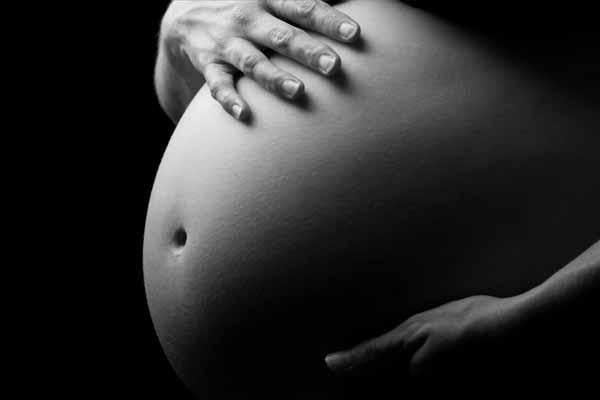A research has shown that pregnancy alters the structure of women’s brain.
The research was carried out by a team led by Elseline Hoekzema of the Universitat Autònoma de Barcelona, in Spain.
Hoekzema and her colleagues performed detailed brain scans on 65 female volunteers, none of whom had been pregnant before but hoped to be, and another 20 who had no such desire.
About 15 months later, when 25 of their volunteers had given birth to babies, they repeated the scans. On comparison, the scans showed significant reduction in the volume of grey matter in the brains of new mothers.
Grey matter contains main bodies of nerve cells and includes regions of the brain involved in muscle control, and sensory perception such as seeing and hearing, memory, emotions, speech, decision-making, and self-control.
The research, which was published in Nature Neuroscience, said the effect was reliable enough that it could be used by itself to predict, with perfect accuracy, which of the women had been pregnant and which had not.
And it was persistent, too. When the researchers retested the mothers two years later, most of the alterations were still present.
Researchers suspected that something in the biological process of pregnancy was causing the changes. To double-check, they compared the women’s brains with those of men; fathers and those without children.
The men’s brains, like those of the childless women, showed no such pattern of changes.
And the results fit with studies on animals. Rats that have had pups, for instance, show notable and lasting changes in brain structure. They also tend to be less anxious, are better able to cope with stress. Their memory was also sharper than their pupless contemporaries.
Hoekzema and her colleagues noted that most of the more permanent reductions in grey matter happened across several parts of the brain that, in other experiments, have been found to be associated with the processing of social information, and with reasoning about other people’s states of mind.
After the women in the study had given birth, the research team administered a standard psychological test designed to measure how attached those women had become to their babies.
The ones with the greatest reductions in grey matter volume were, on the whole, the most strongly bonded.
Copyright 2025 TheCable. All rights reserved. This material, and other digital content on this website, may not be reproduced, published, broadcast, rewritten or redistributed in whole or in part without prior express written permission from TheCable.
Follow us on twitter @Thecablestyle

